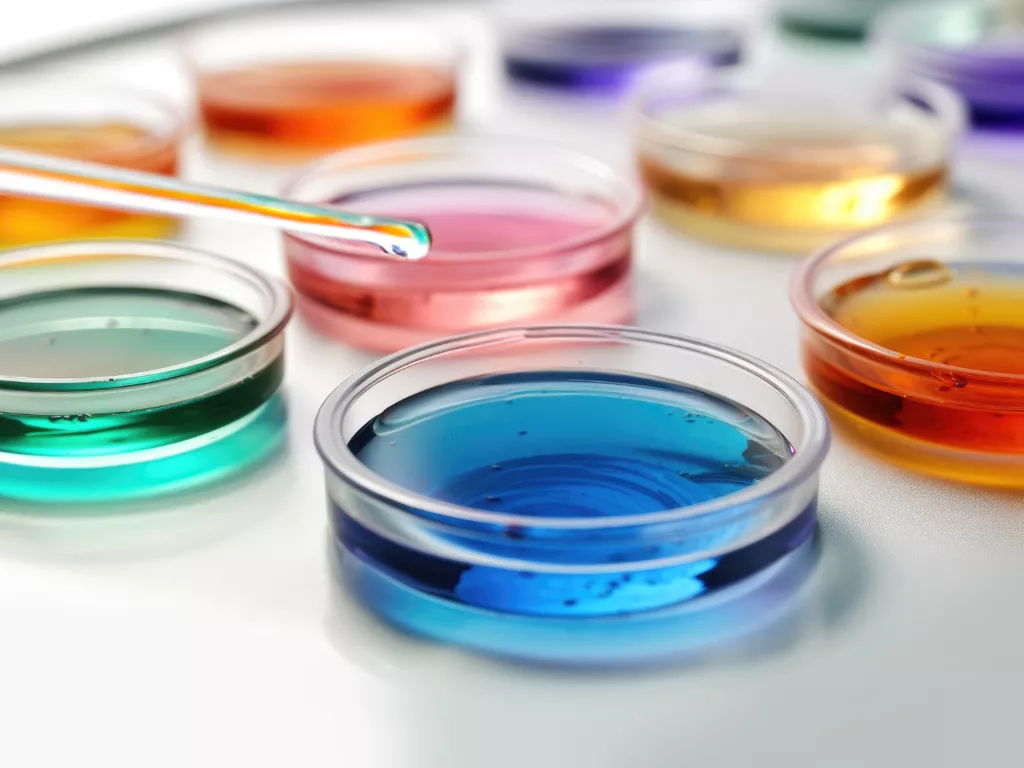Ensuring Cost-Effective Large Animal Testing for a Spinal Cord Implant
Introduction:
Class III products are considered to have the highest risk. They are typically invasive, connecting directly with the central circulatory or nervous system, or may be implantable. These devices require a stringent mandatory compliance assurance process due to the potential high risk associated with their use. Large animal testing plays a crucial role in the development of medical devices, especially for high-risk Class III implants. It ensures safety and efficacy in real-world biological conditions before regulatory approval.

Problem Statement:
Our client, a US-based medical device manufacturer, emerged as a leader in biomedical innovation, specializing in the development of highly sophisticated and miniaturized Class III implants by utilizing cutting-edge, scalable manufacturing techniques.
They approached Decos for assistance with large animal safety testing for a groundbreaking miniature Class III implant designed to be placed on the dura mater of the spinal cord. The implant’s primary function is to assess tissue oxygenation in the spinal cord, requiring rigorous safety testing to comply with regulatory standards.
Solution:
- Decos conducted a thorough evaluation to identify the most suitable and cost effective Large animal (Mini Pigs) testing facilities. These selected facilities were fully accredited across key areas such as OECD, GLP, ISO, AAALAC, CDSCO, and NABL, ensuring that all reports would be accepted by the appropriate regulatory bodies.
- Our team assisted the chosen testing laboratory in performing the required tests in compliance with ISO 10993-6 standards, focusing specifically on the testing protocols for implantable medical devices.
- We also provided end-to-end support in the development of the Large Animal Testing Efficacy Testing Plan and handled all discussions related to the Large animal testing.
Key Benefits
- Access to cost-effective large animal testing: We identified a Large Animal testing lab that provided affordable services with a readily available supply of mini pigs for testing, reducing time and costs compared to other large animal testing facilities. The lab also produced reports that were widely accepted by regulatory agencies.
- Reduction of Additional Costs: By utilizing histopathological staining instead of immunohistochemistry in macroscopic assessments, we minimized unnecessary safety testing expenses.
- Exploratory study was performed prior to Main Study with no additional cost: An exploratory study was conducted to see whether the device could be used with an animal and all biochemical parameters. This significantly reduced the likelihood of failure during the main study.
Ready to streamline your device testing while ensuring regulatory compliance? Contact Decos today! We can help you conduct cost-effective, high-quality large animal testing for your next innovation.
Discover more

Optimizing Biocompatibility Testing for Class III Implants: A Cost-Efficient Approach

Human Factors Validation for an Upgraded LED Phototherapy Device
